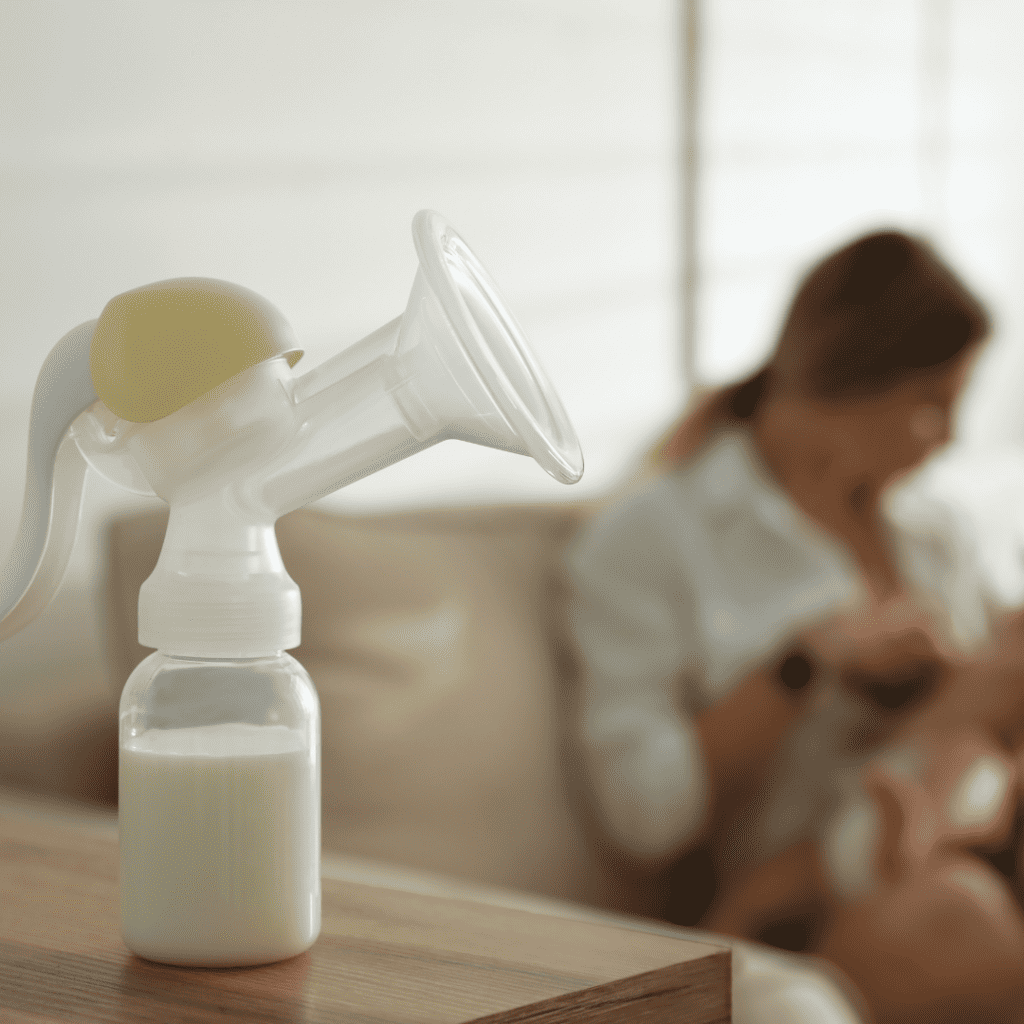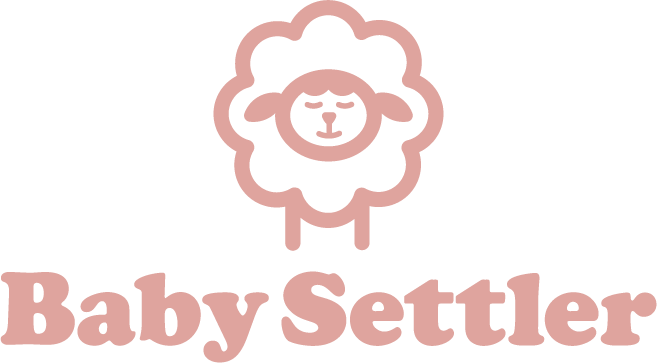
Breastfeeding… It’s a complicated journey! For many mamas, it’s both a magical time of bonding with their baby and a challenging time full of roadblocks. One of the toughest challenges that many breastfeeding mamas face is mastitis. Mastitis is a condition that is extremely painful for women and can severely hamper the breastfeeding experience. Luckily, there are some easy warning signs of this condition as well as at-home remedies to treat a blocked milk duct and prevent the condition from going too far.
What Is Mastitis?
Mastitis is the name given to a condition characterized by breast inflammation caused by blocked milk ducts and bacteria. “There is often a hard, sore spot inside the breast. This can result from a blocked milk duct or because bacteria enter[ed] the breast through a break in the skin,” explains Medical News Today.
What Causes Mastitis?
According to the National Institutes of Health, 10% to 20% of breastfeeding women experience mastitis at some point in their new motherhood journey.
The condition develops from a clogged or blocked milk duct. This causes milk stasis – when milk is produced but is unable to leave the breast. This pressure results in further blockages and even cracks in the skin where bacteria can enter and further exacerbate the condition.
What Are The Warning Signs Of Mastitis?
Early warning signs of a blocked milk duct include:
- A lump in one area of your breast
- Engorgement around the breast
- Pain or swelling
- Discomfort that subsides after expressing milk
- Pain during letdown
- Milk blister at the opening of your nipple
It’s important to take action when you first notice these symptoms so that the blocked milk ducks don’t progress into an infection.
When Should You Go To The Doctor With Mastsis?
If you don’t catch the blocked milk duct and do something about it early, bacteria can make the condition worse.
You know that the condition has progressed when you experience a fever of 101°F or higher, flu-like symptoms such as chills and body aches, and your whole breast swelling and feeling warm and tender.
If your symptoms reach this level, visit your healthcare provider; they’ll most likely give you a course of antibiotics to get rid of the infection.

6 Ways To Get Rid Of A Blocked Milk Duct At Home:
If you have a blocked milk duct, there are at-home activities you can do to get rid of the blockage and prevent mastitis.
- Breastfeed And Pump Frequently
One of the most crucial steps to prevent mastitis is to ensure regular emptying of the affected breast. Breastfeed your baby frequently and pump to prevent milk stasis and encourage healing.
- Warm And Cold Compresses
Applying warm compresses to your breasts can be soothing and help to promote milk flow. Take a clean towel or washcloth, soak it in warm water, and place it on your breast for around 15 minutes. You can repeat this remedy several times daily to reduce pain and inflammation.
You can also try cold compresses, like a bag of frozen vegetables.
- Practice Proper Breastfeeding Techniques
Improper breastfeeding techniques can contribute to mastitis. If your baby doesn’t latch effectively, this can impact how well they can drain your breasts. Book a lactation consultation to assist you with getting your baby to latch correctly and get advice on optimal breastfeeding positions.
- Practice Good Hygiene
Good hygiene is essential when dealing with a clogged milk duct! This is the time when your breast tissue is at risk of infection, so preventing bacteria from entering through cracked nipples is important. Wash your hands thoroughly before each breastfeeding session and wash your nipples after each feeding and allow them to air dry.
- Breast Massages
Gently massaging your breasts can help improve milk flow and relieve pain. Before nursing or pumping, use your fingertips to massage the affected breast in circular motions, working from the outer edges toward the nipple.
Tip: Massage your breasts while in a warm shower – this can be extra soothing and further promote milk flow.
- Let Your Breasts Breath
Restrictive bras and clothing can make a clogged milk duct even worse. Wear bras specifically designed for breastfeeding, as they provide proper support for this stage of your life, as well as loose, breathable clothing.

Mastitis is a breastfeeding challenge that is part of many mamas’ journeys. The key is to recognize the early signs of a blocked milk duct and take action at home before it develops into full-blown mastitis. Practicing proper breastfeeding techniques and ensuring an effective latch go a long way in reducing the risk of mastitis.
And remember, mama, your well-being and your baby’s health are interconnected. Don’t skimp on your own self-care and seek support when you need it.




